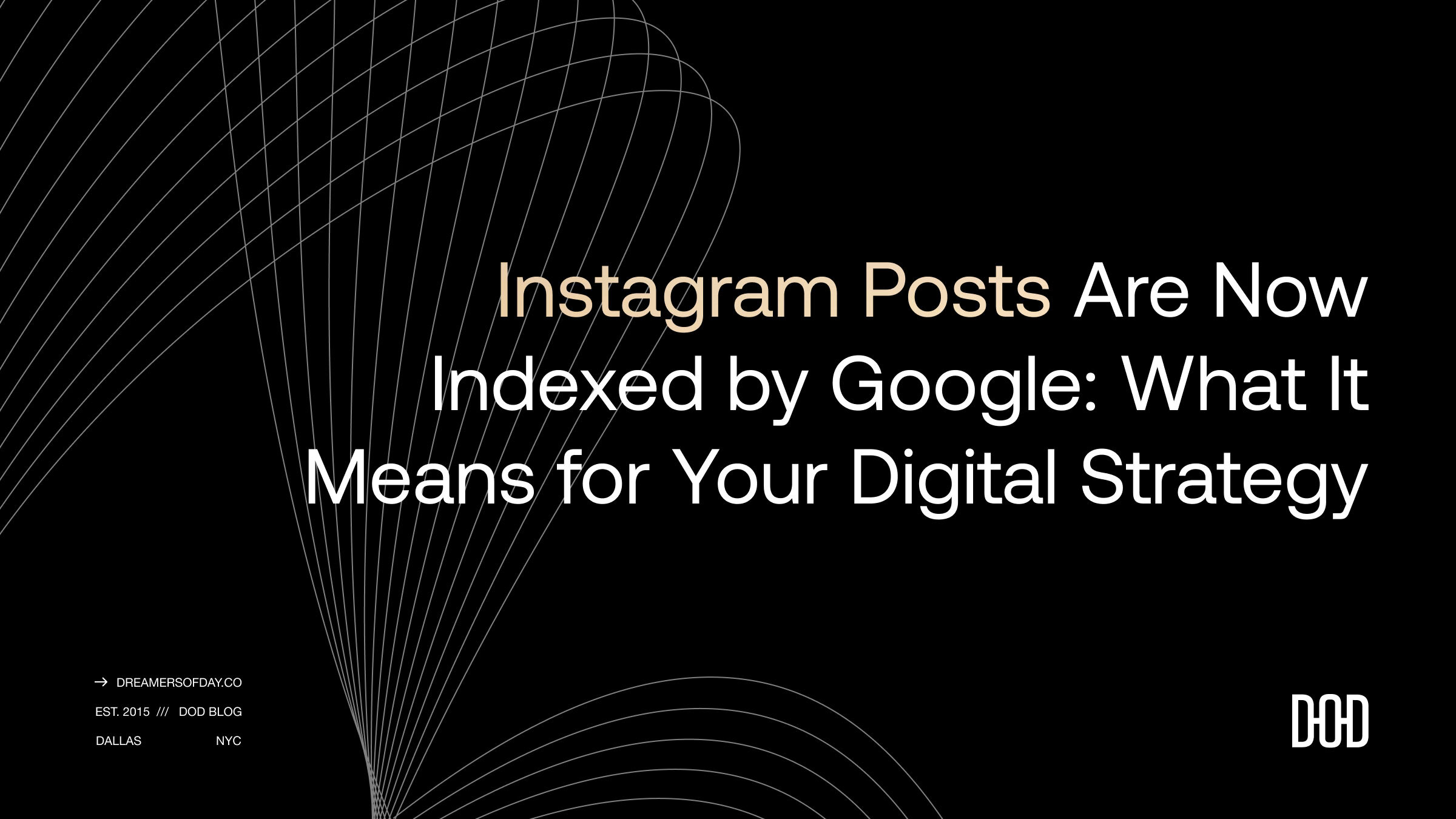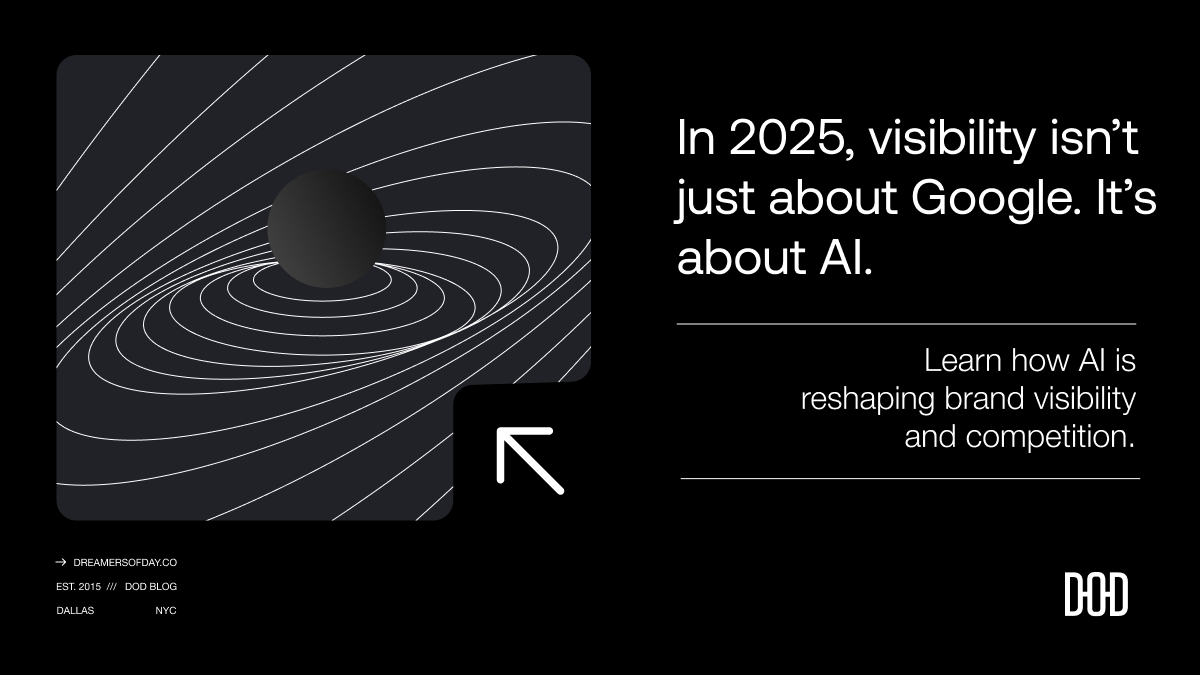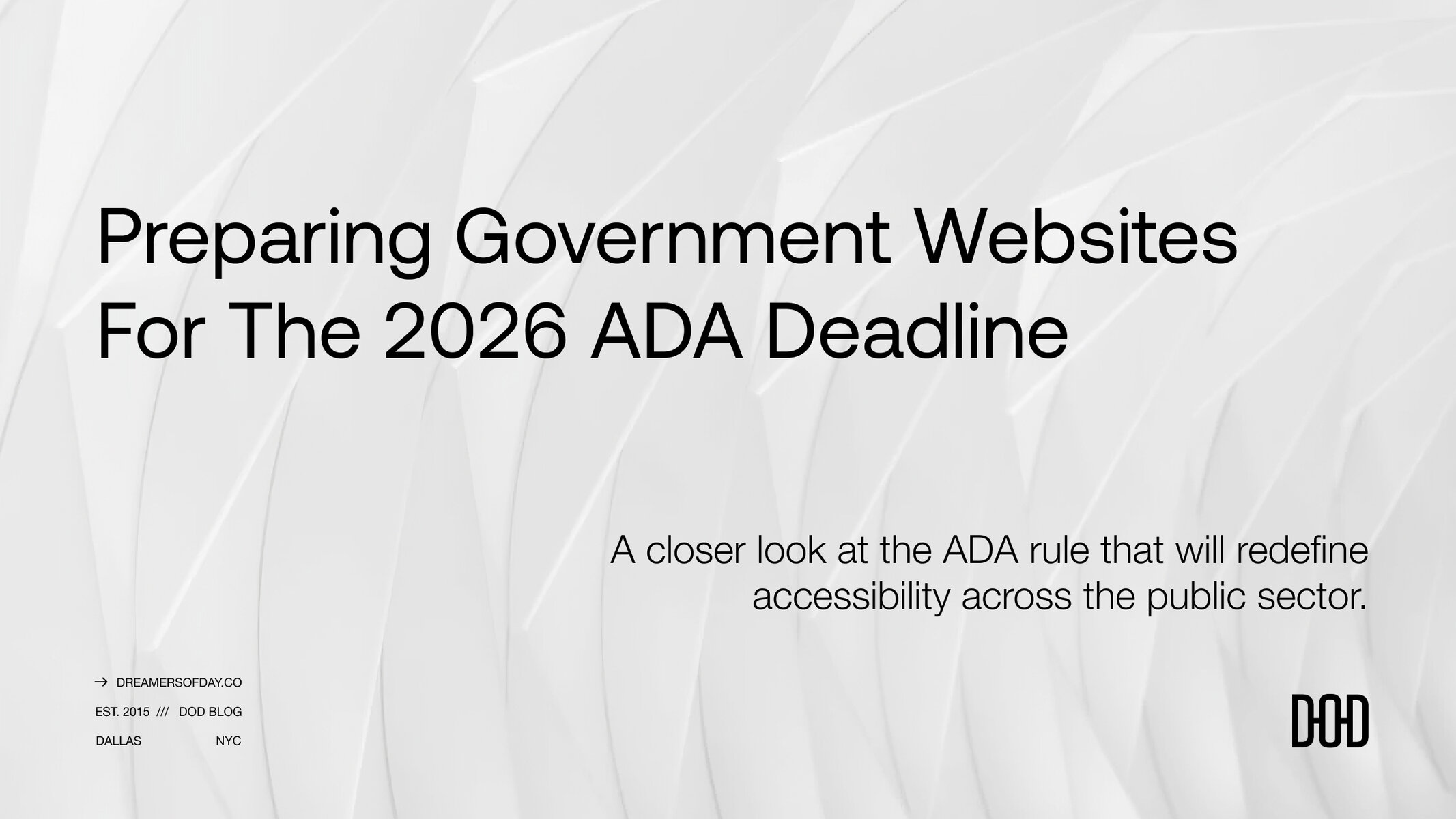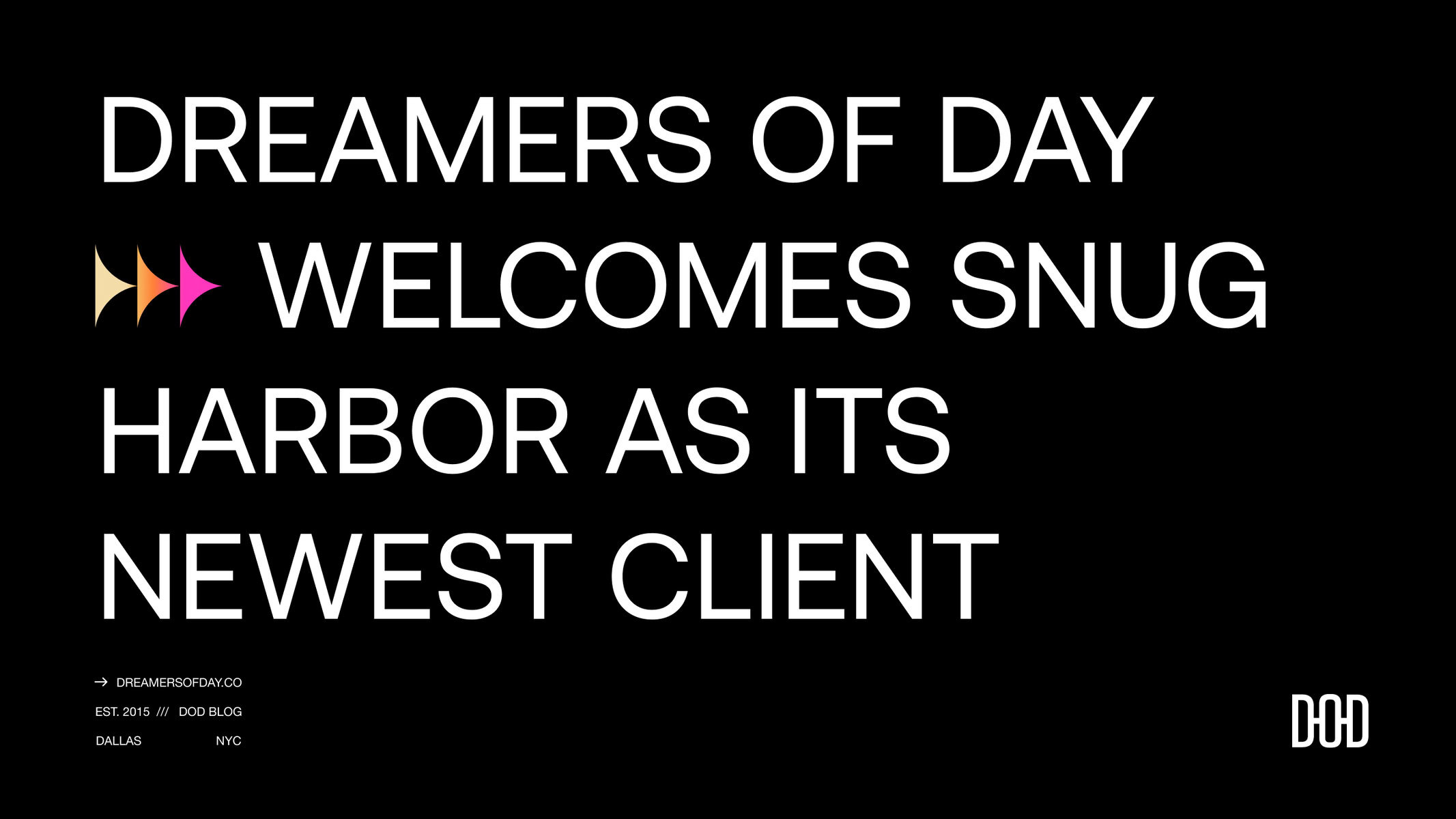Instagram Posts Are Now Indexed by Google. Here’s What It Means for Your Digital Strategy

On July 10, Instagram began allowing Google and other search engines to index public posts from professional accounts. That means reels, carousels, and static posts are no longer locked inside the app—they’re eligible to appear directly in search results.
For most everyday users, this is a quiet background update. But for brands, publishers, and digital teams managing Instagram as part of a broader content ecosystem, it’s a shift with real implications.
From Closed App to Open Web
Instagram has long operated as a semi-closed platform. Unless someone searched your handle directly, most posts never reached the broader web. Even public accounts were mostly invisible to Google due to how Instagram’s robots.txt files were structured.
That’s changed.
Public-facing content from professional accounts—photos, videos, reels, and carousels posted after January 1, 2020—can now be indexed and displayed on Google Search. If you meet three criteria: your account is public, professional, and belongs to someone over 18, your content is now accessible far beyond the feed.
Stories, highlights, and private accounts remain excluded. But for eligible users, this change opens a new door to organic discovery, moving Instagram from a walled garden into the open web.
Why This Matters for SEO and Visibility
This isn’t just a visibility boost. It reframes Instagram as a strategic channel for organic search, especially for content categories that already perform well in image-heavy queries: fashion, travel, food, events, design, and lifestyle.
In practice, that means:
- Evergreen content posted months ago can now resurface in Google results.
- Captions and alt text can influence how and where content appears.
- Instagram posts can now support discoverability efforts beyond the Explore tab or hashtags.
It also reinforces what many content leads already know: the line between social and search has blurred. Instagram isn’t just a social platform anymore—it’s a content node in your search stack.
Strategic Implications for Enterprise Teams
For teams responsible for multi-channel content strategy, this is more than a minor setting update. It’s a chance to reevaluate how Instagram content fits into your owned and earned media approach.
Do your posts align with your SEO strategy? Are your product-focused carousels optimized like landing pages? Are you treating Instagram as a surface area for discovery, or just another channel for engagement?
This update raises critical questions around consistency, metadata, and governance, especially for enterprise brands managing multiple contributors or agency partners. It also creates a clearer link between content creation and search visibility, offering a new path to drive traffic without increasing paid media spend.
What You Can Do Now
If your account is already public and professional, you’re opted in by default. But indexing alone won’t move the needle unless you’re publishing with intent.
Here’s where to focus:
- Content quality and structure
Use descriptive, human-readable captions that reflect how users search. Incorporate relevant keywords—but avoid stuffing. Think clarity over cleverness. - Image metadata
Instagram allows custom alt text. Use it. It benefits both accessibility and indexing. - Geotags and contextual value
Add location data where it’s relevant, especially for local businesses or region-specific services. - Bio and profile optimization
Make sure your profile contains relevant keywords and consistent branding. It’s now an entry point, not just a static bio.
This is also a good time to audit older content. Posts from as far back as 2020 are eligible. If they’re still aligned with your messaging, consider updating captions or alt text to improve relevance.
Don’t Want to Be Indexed?
Not every business wants their content in open search, and Instagram gives you control. You can disable indexing under Settings → Privacy, switch to a personal account, or make the account private. But keep in mind: content that’s already been crawled may take time to disappear from search results.
The Bottom Line
Instagram’s latest move is more than a technical update—it’s a mindset shift. For brands and digital teams, it’s a cue to treat social content with the same strategic discipline applied to web, search, and content marketing.
Every public Instagram post is now a potential traffic driver. A search result. A landing page.
Make it count.


